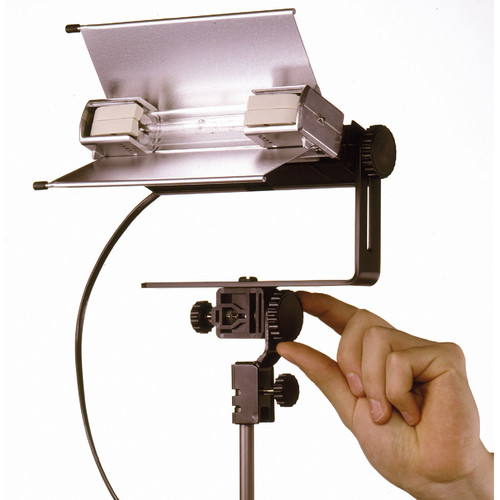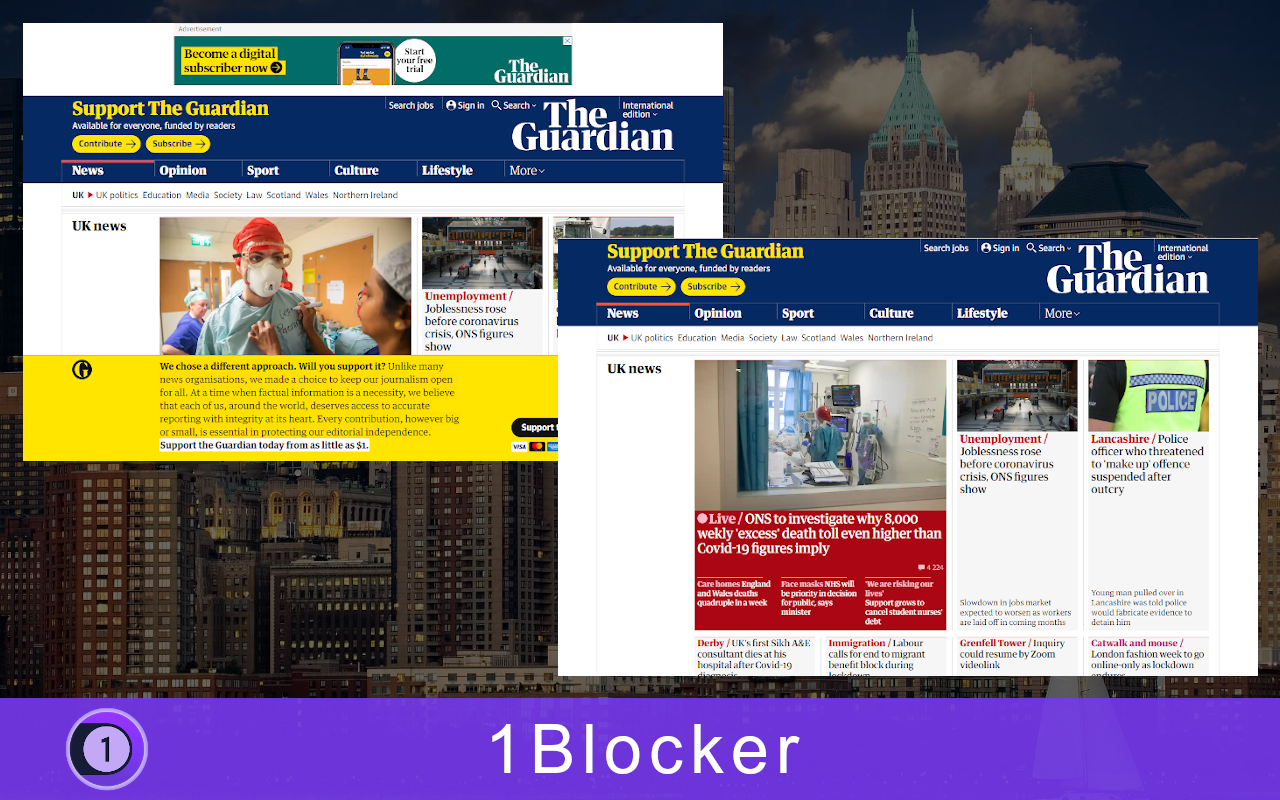

The first task that needs to be completed though is some explanations on what is going to happen once pfBlockerNG is configured properly. Once the installation has been completed, the pfBlockerNG configuration can begin. Do not navigate away from the installer page! Wait until the page displays successful installation.
#1BLOCKER INSTALLATION INSTALL#
Once confirmed, pfSense will begin to install pfBlockerNG. The page will reload and request the administrator confirm the installation by clicking ‘ Confirm’. Locate the ‘ Install’ button to the right of the pfBlockerNG description and click the ‘+’ to install the package. The first item that is returned should be pfBlockerNG. Once the ‘ Available Packages’ page loads, type ‘ pfblocker’ into the ‘ Search term’ box and click the ‘ Search’. Click on the text ‘ Available Packages’ to be provided a list of installable packages for pfSense. The first page to load will be all the currently installed packages and will be blank (again this guide is assuming a clean pfSense install). pfSense Package ManagerĬlicking this link will change to the package manager window. Once logged in to the main pfSense page, click on the ‘ System’ drop down and then select ‘ Package Manager’. The pfSense login page will then display and allow for the administrator to log in to the firewall appliance. pfSense SSL WarningĪfter successfully clicking ‘ Advanced’ and then ‘ Add Exception…’, click to confirm the security exception. You can safely accept the warning message and if desired, a valid certificate signed by a legitimate CA can be installed but is beyond the scope of this article. Some browsers may complain about the SSL certificate, this is normal since the certificate is self signed by the pfSense firewall. Using a web browser and navigating to ‘ ’ will display the pfSense login page. Again this lab environment is using the 192.168.0.0/24 network with the firewall acting as the gateway with an address of 192.168.0.1. With the lab ready to go, it is time to begin! The first step is to connect to the web interface for the pfSense firewall. pfSense Network Diagram Install pfBlockerNG for pfSense The image below is the lab diagram for the pfSense environment that will be used in this article. The reason for these assumptions here is simply for sanity’s sake and many of the tasks that will be completed, can still be done on a non-clean slate pfSense box. It should be noted that pfBlockerNG can be configured on an already running/configured pfSense firewall.

PfBlockerNG provides pfSense with the ability for the firewall to make allow/deny decisions based items such as the geolocation of an IP address, the domain name of a resource, or the Alexa ratings of particular websites. As with anything in the computing world, there isn’t a one solution fixes all product out there. PfBlockerNG is a package that can be installed in pfSense to provide the firewall administrator with the ability to extend the firewall’s capabilities beyond the traditional stateful L2/元/L4 firewall.Īs the capabilities of attackers and cyber criminals continues to advance, so must the defenses that are put in place to thwart their efforts. This article is going to talk about a wonderful add-on package for pfsense called pfBlockerNG. pfSense, as mentioned in the earlier article, is a very powerful and flexible firewall solution that can make use of an old computer that may be laying around not doing much. In an earlier article the installation of a powerful FreeBSD based firewall solution known as pfSense was discussed.


 0 kommentar(er)
0 kommentar(er)
